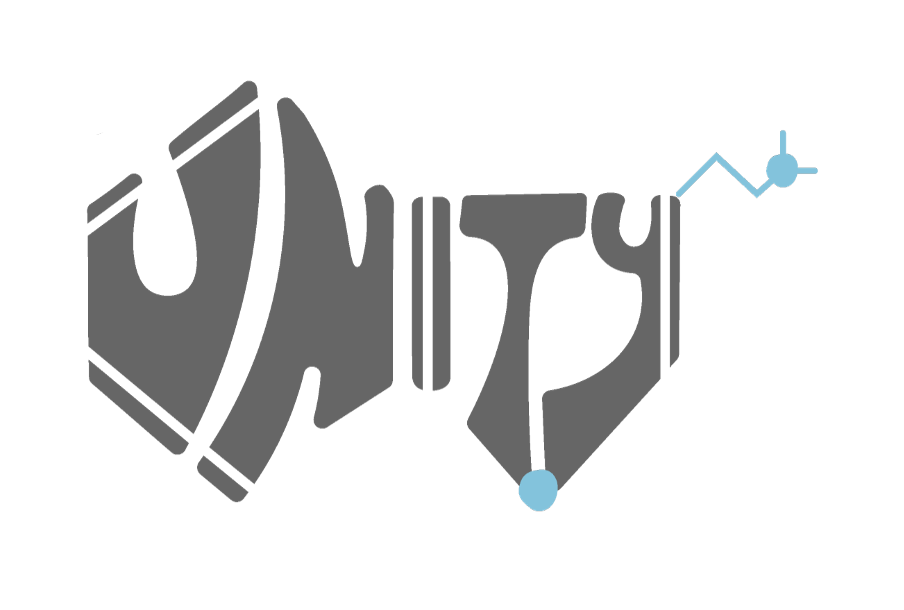LSD: Precision Neuroimaging of Neural Responses
In healthy, hallucinogen-experienced volunteers.
Overview
This will be an exploratory study investigating the neural responses to LSD using fMRI and MEG
The Beckley Foundation have awarded ~£150,000
The study will be sponsored by King’s, where the drug will be stored
Imaging at high resolution (7 Tesla) at the WCHN (UCL)
Scanning healthy, experienced volunteers prior, during and after dosing with LSD
Volunteers will have two scanning days with drug dosing and two scanning days without any drug
Blood samples will also be collected and preserved to eventually study the epigenetic effects of LSD
Collaborators
Amanda Fielding
Rob Leech
Rosalyn Moran
Karl Friston
Anjali Bhat
Valerie Bonnelle
Rick Adams
Prateek Yadav (Teek)
Federico Tukheimer (FET)
Leor Roseman
Joost Haarsma
Deepak Srivastava
Background
Pharmacology:
First synthesised from ergot (grain mould that causes vascular and muscular constriction – ‘St Anthony’s Fire’)
Structurally similar to serotonin (5-HT), influences brain activity by binding with 5-HTR2A receptors
Binds with 5-HTRs with greater affinity than serotonin itself, leading to enduring effects
Phenomenology:
An LSD trip lasts 8-12 hours
Heightened sensations; enhanced introspection and suggestibility; hallucinations; feelings of joy, peace and sacredness; synaesthesia; elevated blood pressure and muscle tension; transcendence of time/space; ‘revelations’ or insights that can engender enduring alteration of core beliefs
Set and setting strongly influence the experience
However, there is significant individual variability:
“In spite of a good mood at the beginning of a session—positive expectations, beautiful surroundings, and sympathetic company—I once fell into a terrible depression. The unpredictability of effects is the major danger of LSD.” - Albert Hoffman
Aims and Impact
Inform the neurobiology of consciousness
Improve our understanding of why LSD appears to help patients with addiction, PTSD, terminal illness
Give us insights into how it may affect patients with other major mental/neurological disorders (personality disorders, psychosis, Alzheimer’s disease)
Mitigate risks of inevitable recreational use
We, therefore, aim to:
Take an individualised approach (i.e., a case series), in which the intertwining influences within subjects are thoroughly characterised (group-level analyses do not afford the same level of nuance)
Produce a rich and well-characterised resource of behavioural, MEG, task fMRI (7T), structural MRI, experience sampling and genetic/epigenetic data, which will eventually be made open source
Psychedelic research is still in its infancy, and we need your help to unlock its full potential. So sign up for a prescreen today and let's discover the incredible potential of the human mind, together!
Novelty
This will build on past fMRI studies of responses to psychedelics by:
Using high-resolution (7 Tesla) laminar imaging, which will allow us to look at individual cortical layers
Two dosing sessions
Within-subjects/case series (prior psychedelic studies have analysed group averages)
Experience sampling throughout (structured in the first dosing session and open-ended in the second)
Subjects choose their dose in the second session
Transcriptomics conducted on blood samples from participants
Task fMRI (not just resting-state)
Effective connectivity (layer-specific dynamic causal modelling, DCM)
Influences on blood flow (vascular DCM & regional aerobic glycolysis)
Focusing on LSD: due to trip length, neural responses under LSD are not as well-characterized as under psilocybin
Hypotheses
This is an exploratory so not all hypotheses are pre-defined, but here are some potential questions:
Cortical organisation: imaging at a higher resolution also allows for investigating mechanisms of top-down vs bottom-up information flow across regions and layers of the cortex under psychedelics that have been hypothesised previously (Carhart-Harris & Friston) but so far have not been possible to test empirically.
Longitudinal: are there any enduring changes in brain structure several weeks after having taken LSD?
Experiential: does neural ‘entropy’ (LZ complexity, MEG resting state) increase with peak experience/ego-dissolution?
Sensory: does LSD reduce mismatch negativity like ketamine does, or like in psychosis?
Vascular: Is there significant constriction of blood vessels in the brain under LSD? Does this correspond to ego loss?
Energetic: Does regional aerobic glycolysis indicate a return to a more ‘youthful’ neural state under LSD?
Epigenetic: characteristic changes in gene expression and DNA methylation 1 day after and 1 week after taking LSD

